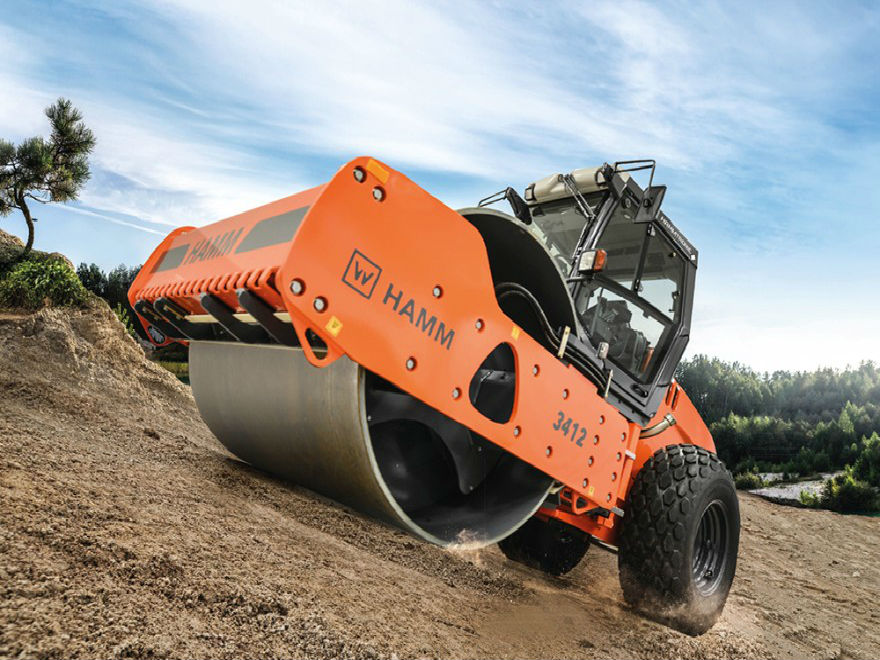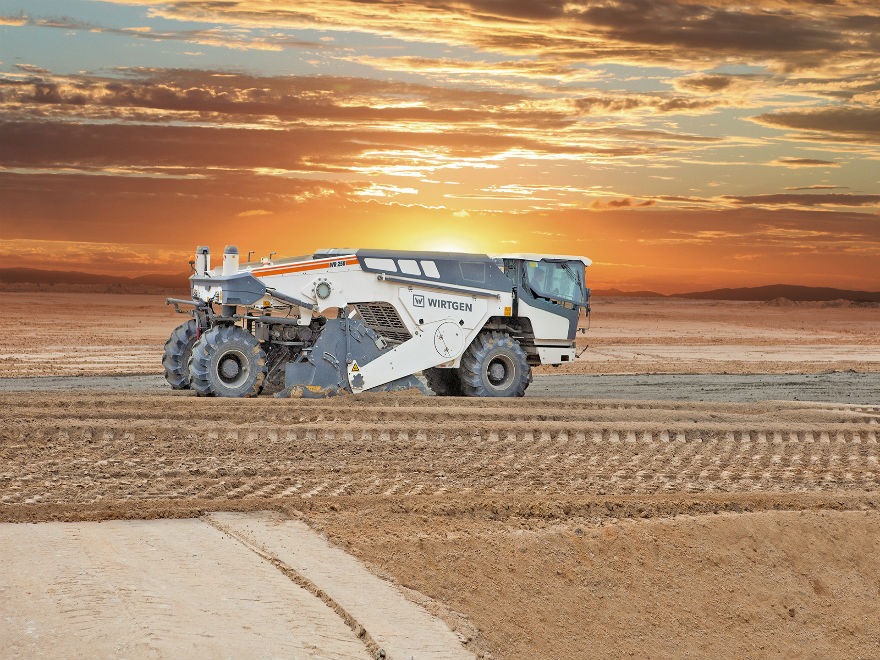Every new road begins with the construction of soils and rocks
Soil Consolidation
Due to the usual weakness of the soil and its insufficient cohesiveness, earth-movement works are required before placing the base course, the binding course and the surface course. Compacting is the most outstanding process in the earth-movement. The goal of compaction is reducing the volume of earth filled with air and water. This provides the soil with the desirable characteristics: it becomes more resistant to the tensions imposed by the traffic and the weather.
Compaction is the most important process in the soil construction. Its function is reducing the volume of pores in the soil to be compacted which is filled with water and air. The compaction will provide the soil with the desirable features: its resilience to the tensions caused by the traffic and weather will be improved by increasing its stability and at the same time, its tendency to be swollen due to the water adsorption, will be decreased. The latter will permit that, in addition, the soil becomes resistant to the frosts.
Cohesive and Non-Cohesive Soils
The process is not the same for different sorts of soils. Experts make a difference between cohesive and non-cohesive soils. In cohesive soils such as silt, gravel, the particles in the soil join. In non-cohesive soils, such as gravel and sand, the particles are side by side without being adhered. The types of soils can be distinguished in the following manner in terms of compactness: water-retaining soils, fine-grained cohesive soils, coarse-grained non-cohesive soils, fined-grain and coarse-grained mixed soils and rock.
Soil Stabilization
It is achievable by mixing lime or cement as a binder in the soil. Especially, when the soil is stabilized with cement, the base becomes more resistant to the traffic loads, the water leaking and the long-term frosts. The soil which requires stabilization is usually boggy and may only be driven by far-reaching vehicles with all-wheeling driving. For this reason, soil stabilizers have big tires with nails, high-traction and a powerful travel – driving system. Its mixing impellers mix the binder previously spread on the soil to depths up to 56 cm in just one single pass so reducing the water content and makes the soil friable for subsequent compaction which is quite suitable by vibratory rollers.


